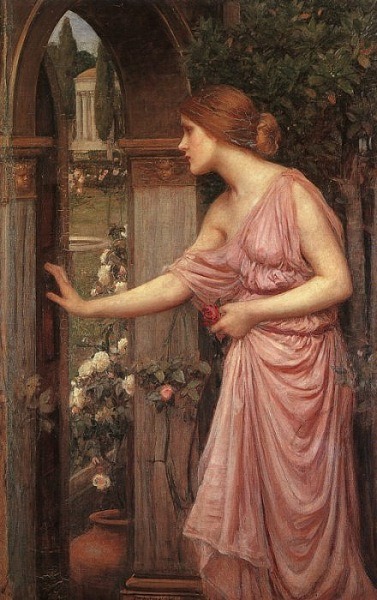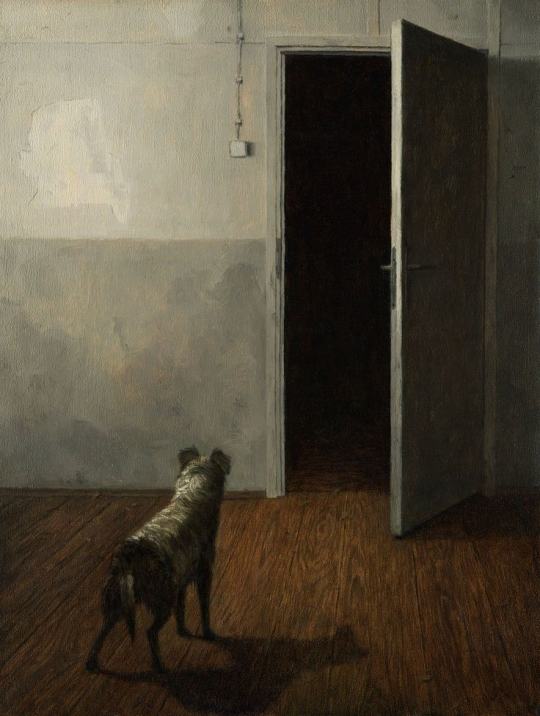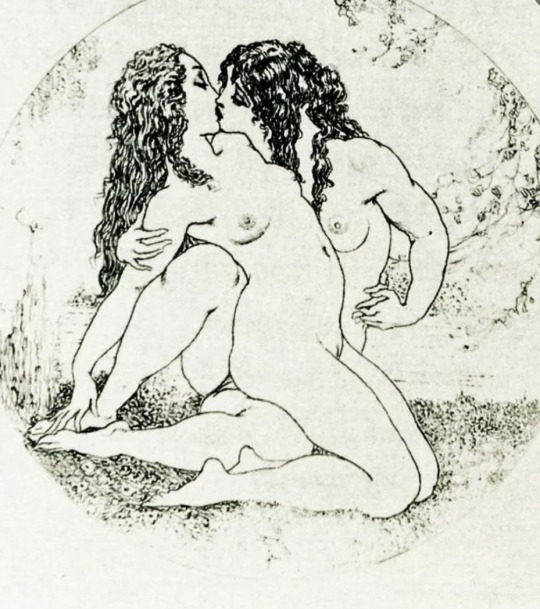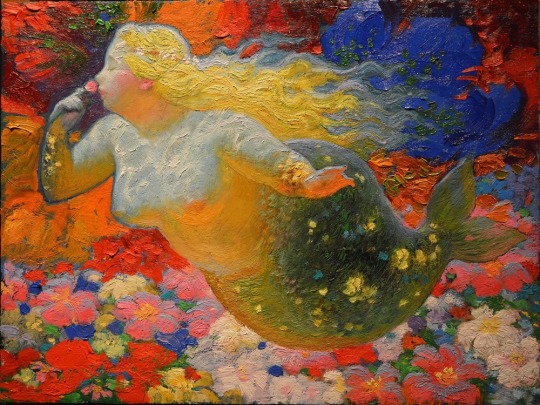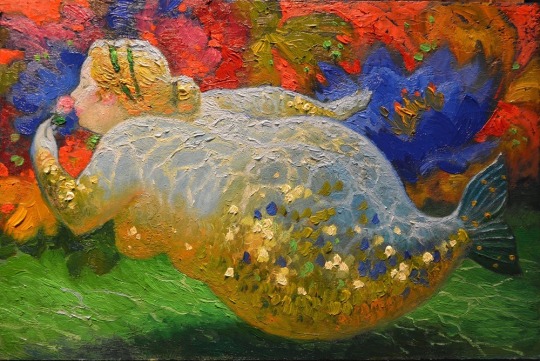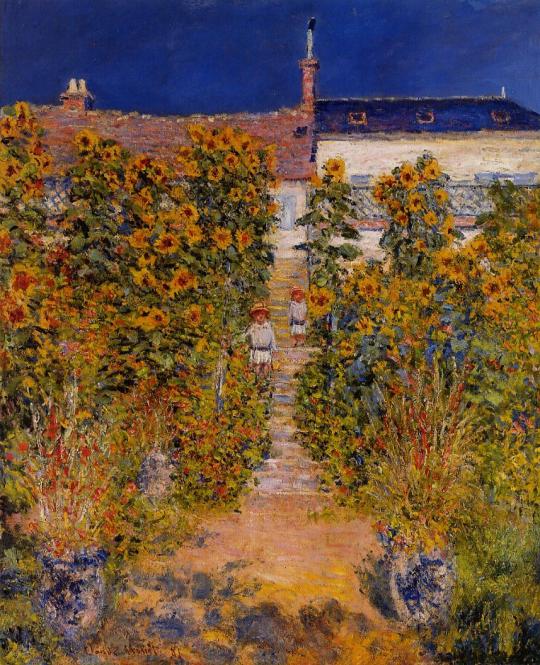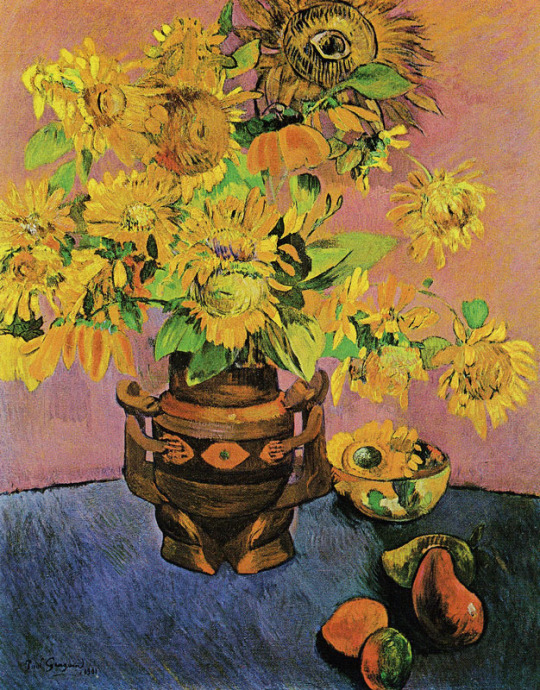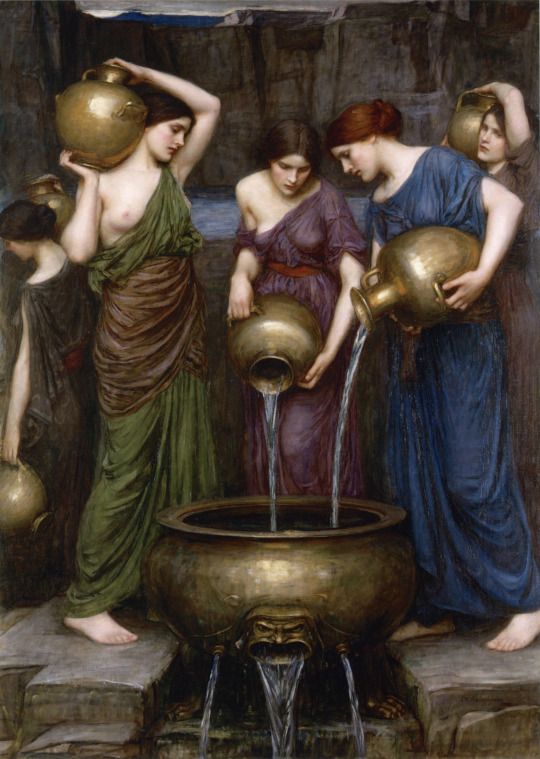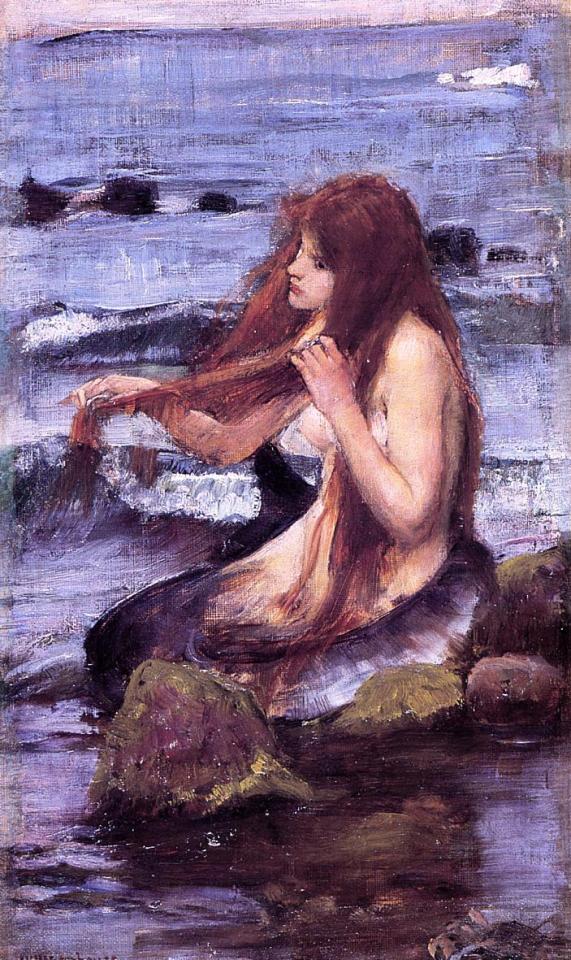She/her. Queer. Art History Major. Procrastinating my life away.
Don't wanna be here? Send us removal request.
Text

-Diana Bathing, with the Stories of Actaeon and Callisto-
64 notes
·
View notes
Text
🔮CIRCE, MEDEA and THE FEMME FATALE🔮
In the collective imagination, we think of Medea and Circe as free spirited witches, women who didn´t obbey men, sorceresses with enough power to do what they wanted. And most important of all, they weren´t afraid to use that power.
When we think of them, we usually have these portraits in our minds:
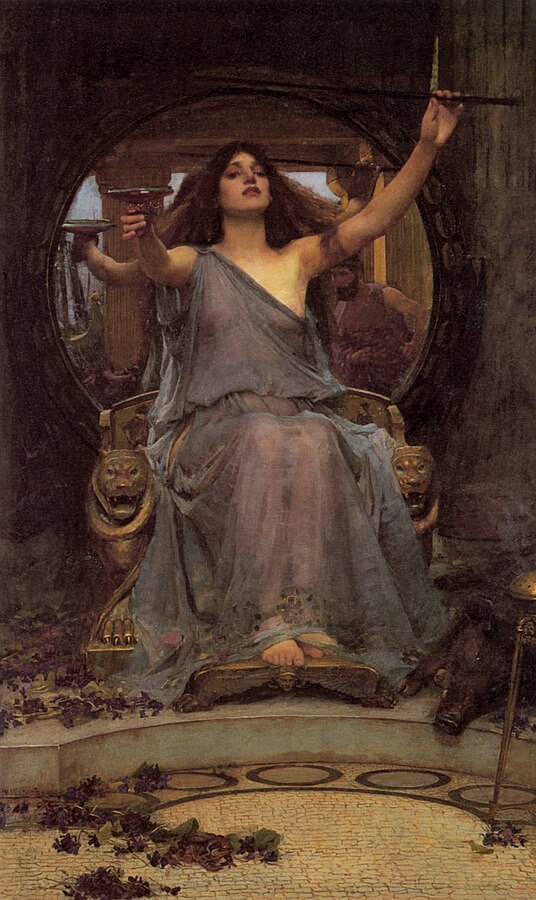
Circe Offering the Cup to Ulysses (1891), John William Waterhouse.

Medea (1866-1868), Frederick Sandys.
The resurgence in popularity of Circe and Medea in the 19th century was closely related to the creation of a new archetype for women, the femme fatale. Based on the biblical figure of Lilith, Adam's first wife, the femme fatale was a dangerous, sexually liberated woman.
She was everything a real woman of her time couldn't be or do.
Artists from the Victorian era, like Dante Gabriel Rosseti, John Waterhouse and Valentine Cameron Prinseps, took characters from Antiquity and attributed the features of the femme fatale to them.

Lady Lilith (1866-1868), Dante Gabriel Rossetti.
In one of the versions of the painting above, there was a poem attached which I think really captures the essence of the femme fatale:
Beware of her fair hair, for she excells
All women in the magic of her locks
And when she twines them round a young man's neck
She will not ever set him free again.
Finally, we can see another depiction of Medea, this time by a German painter called Anselm Feuerbach :

Medea (1873), Anselm Frederick Feuerbach.
25 notes
·
View notes
Text
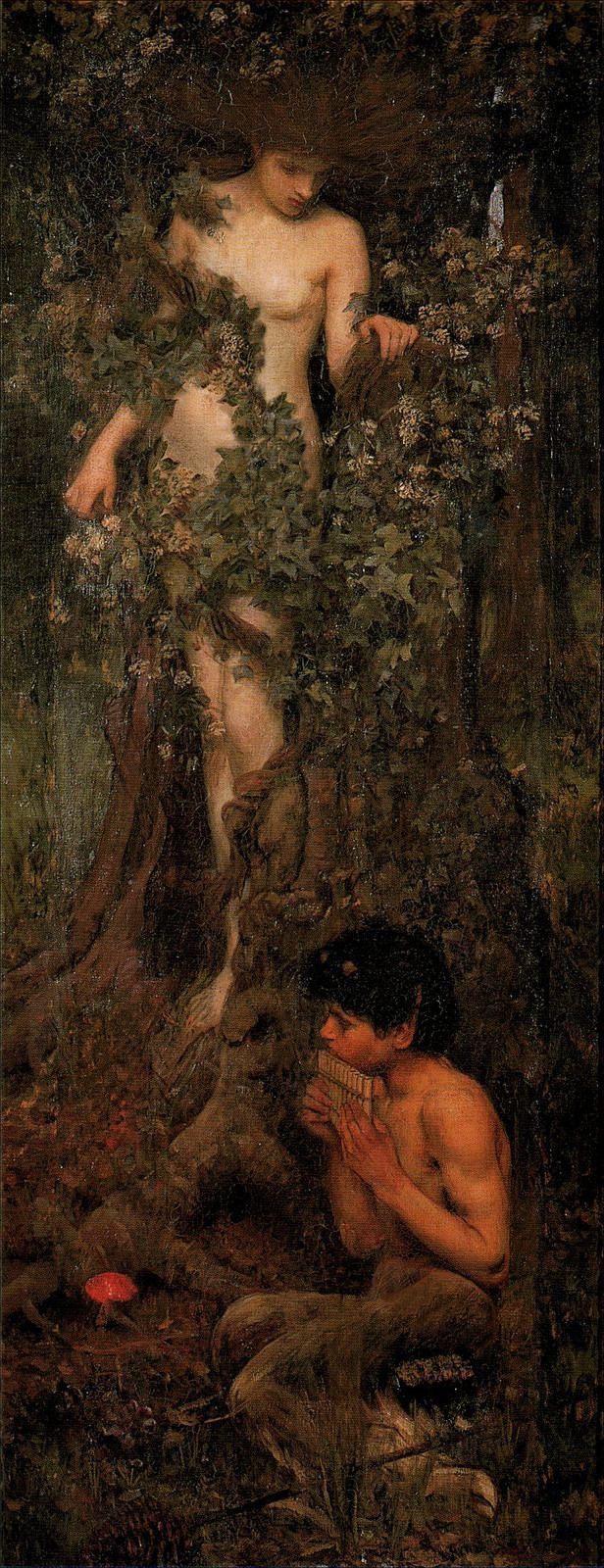
Hamadryad (1893) - pintura de John William Waterhouse
21 notes
·
View notes
Text
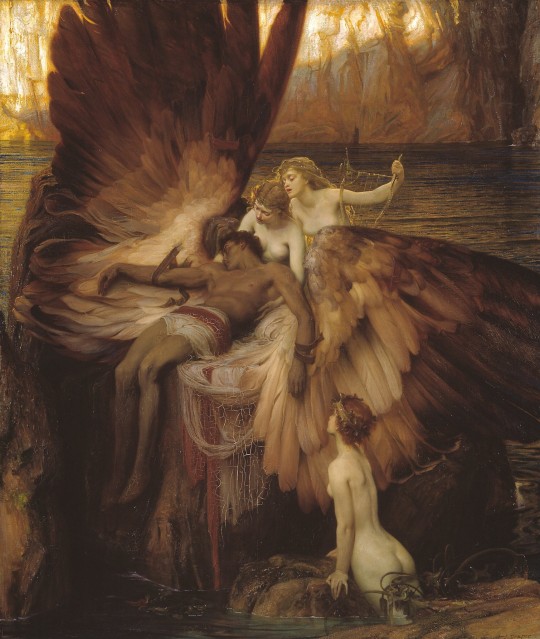
The Lament for Icarus (1898), by Herbert James Draper.
7K notes
·
View notes
Text
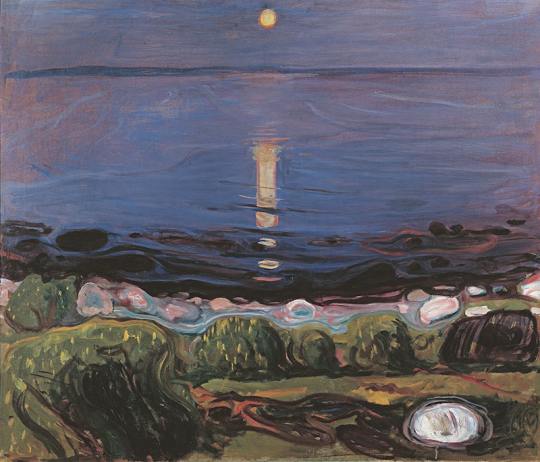
Edvard Munch (Norwegian, 1863-1944) • Summer Night by the Beach • 1902-03
2K notes
·
View notes
Photo
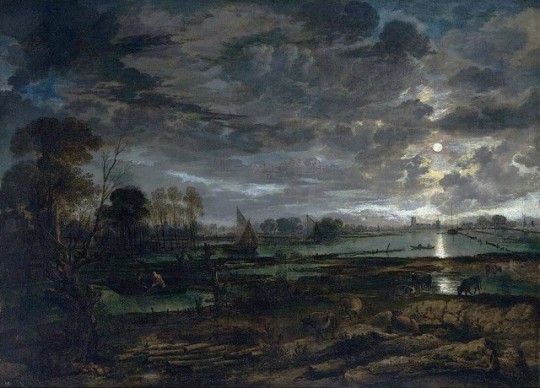
River Landscape, c.1650 by Aert van der Neer (Dutch, 1603/4–1677)
1K notes
·
View notes
Text
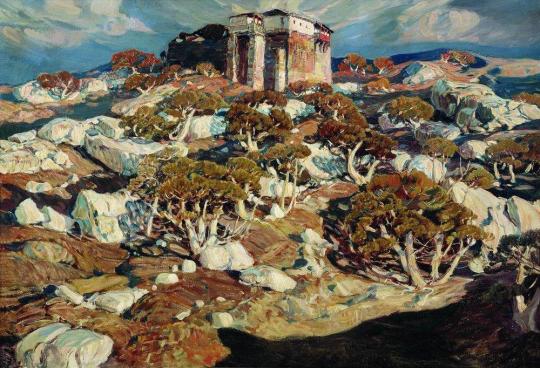
Stary Krym by Konstantin Bogaevsky (1872 - 1943)
714 notes
·
View notes
